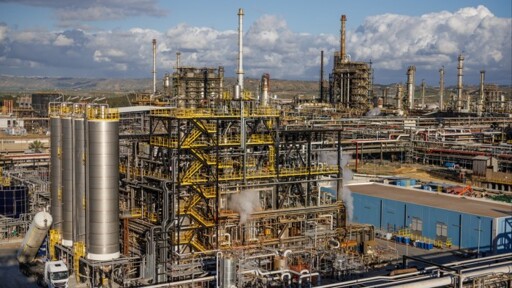The basic problem is that “sustainable” aviation fuels, if based on biofuels, would substantially compete with food production. This limits their scale pretty significantly, so they can’t easily scale up to the levels that the airline industry wants, which means that the cost will remain quite high.
The top-level post uses a gift link which may have a view count limit. If it runs out, there is an archived copy of the article



The difference isn’t the slight variation in chemical structure of the molecule between the two products, its the drastic difference in the applicable use case of the resulting product, and the economic incentives to produce one vs the other. These are what make the SAF and biodiesel gigantically different product with hugely different economic, climate and geopolitical implications.
No amount of B5, B20 or B100 grades of biodiesel are going to enable carbon neutral air travel where SAF can. However, alternate fuels or methods of ground transportation can offset or replace diesel or biodiesel. With today’s technology only a number of small electric prop planes (certainly no commercial jets) can operate with anything close to carbon neutrality without SAF. Commercial aviation is a reality in our world and we can choose to find carbon neutral alternatives or embrace its carbon rich nature and try to make drastic carbon cuts elsewhere. I believe the latter is much less likely than the former. Alternatively we can simply turn a blind eye to our climate and reap the consequences. I’m not ready to throw in the towel and embrace that yet.
Even if a portion of input feedstocks that go into producing SAF today are food or competing with food, how are you holding the position that municipal waste, used cooking oil, and agricultural waste are sources of food? I’ve posted sources that show the alternates available and possibly upcoming that would enable more non-virgin SAF. Are you holding the position that humanity will simply never achieve anything except fossil based fuel for aviation or something else I haven’t understood of your position yet?
Further yet, what is the connection you’re making a food supply with regard to hydrogen? Are you referring to fertilizer?
Yes, they’re different products, but their chemical similarity means they have the same constraints on sustainable production. There is a single limit on how much of the two can be produced in total without causing significant environmental damage.
At the extremes one is, as far as our technology allows, irreplaceable as a carbon neutral fuel. That being SAF. The other other viable alternatives even today. Why are you presenting a scenario where both would be needed to be created in equal measures?
So what if they can both come from the same feedstocks? There will be a day we likely don’t need diesel in any capacity. We’ll need SAF long before that. Why would we divert the valuable carbon neutral feedstocks to something like biodiesel if our goal is carbon neutrality for both?